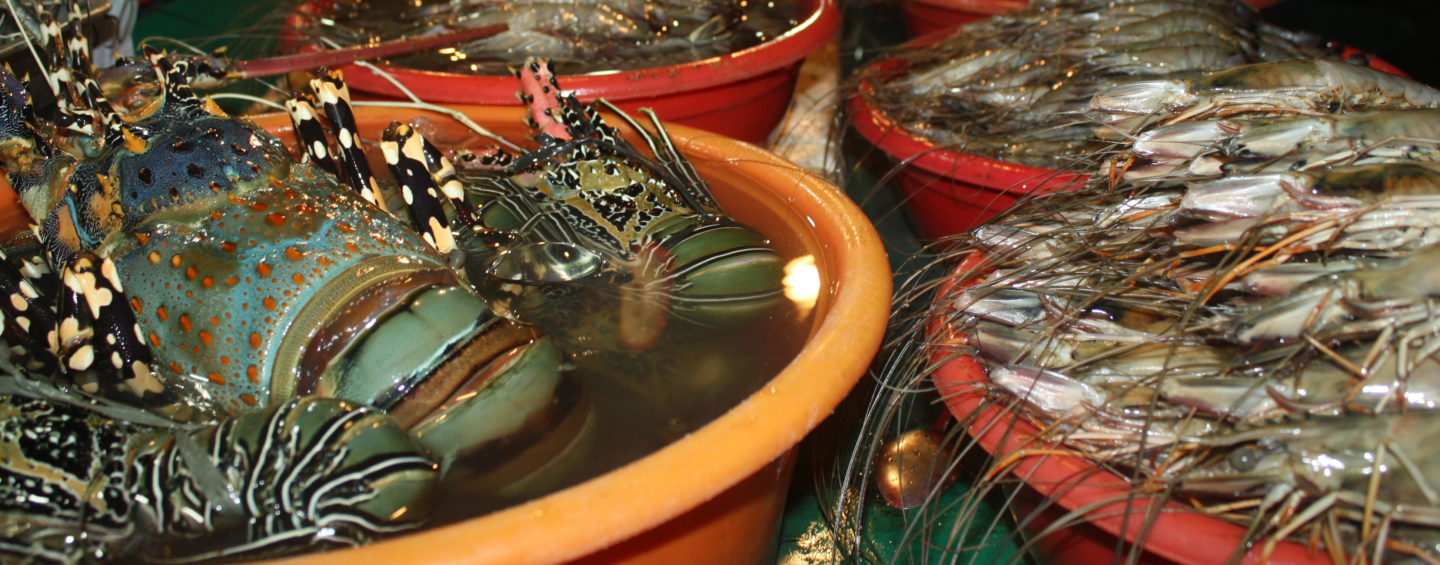The Western and Central Pacific Fisheries Commission (WCPFC) held its 14th meeting in Manila, Philippines, on 2–7 December, and I wish I could say I was pleased with the results. Far from it—despite considerable efforts of the commission’s chair and secretariat, a lack of leadership combined with actions based on excessive nationalistic self-interest ensured no progress was made. If anything, the commission’s meeting represented a step backward for the management of sustainable tropical tuna fisheries.
One of the things I’d hoped we would see at the meeting was clear movement towards the adoption of harvest strategies, but we saw zero progress there. China voiced strong opposition to proposals for a target reference point (TRP) and a harvest control rule for south Pacific albacore, this despite widespread support among the membership. This lack of consensus meant no new measures. This is significant because these harvest strategy elements are urgently required for the continued MSC certification of a number of south Pacific albacore fisheries.
The actions of a few distant-water fishing nation delegates led to the commission rejecting another measure geared toward reducing albatross and petrel species bycatch, despite it being presented as an optional technique to add to existing measures.
Positive outcomes were few, and even those were not without unnecessary difficulty. The commission finally adopted the Bridging Measure for Tropical Tunas, a conservation and management measure to bridge the gap in management prior to the implementation of harvest strategies for tropical tunas. While it passed, it took lengthy negotiations lasting until well past midnight on the meeting’s final day, this despite two intersessional meetings and additional discussions occurring over the previous 17 months. Worse, in the end several nations, including the US, watered it down by reducing the high seas FAD closures, increasing the bigeye longline catch limits, and pushing for the adoption of a plan inconsistent with the current scientific advice.
The commission adopted a port state conservation and management measure, along with a second measure on marine pollution. Both, however, were minimal in nature—the pollution measure doesn’t include either waste fishing gear or oil as potential pollutants.
Only one other positive note—bigeye tuna will have an updated stock assessment completed in 2018. The updated assessment will include additional information on bigeye growth plus recent catches, which should reduce the current uncertainty in the stock assessment outcomes.
In the end, the WCPFC meeting produced no victories for sustainable tuna fisheries, only national self-interest at the expense of the stocks, the wider Pacific community, and other stakeholders. The only thing this meeting demonstrated was a clear lack of leadership from the membership necessary to adequately manage the fisheries the commission is responsible for. It has never been more clear to me that we cannot rely on regulatory bodies such as RFMOs to do the heavy lifting when it comes to sustainable fishing. Instead, we must continue to look to the supply chain to loudly and clearly demand the tuna fisheries they have a significant commercial interest in are managed responsibly—or to remove market access.

